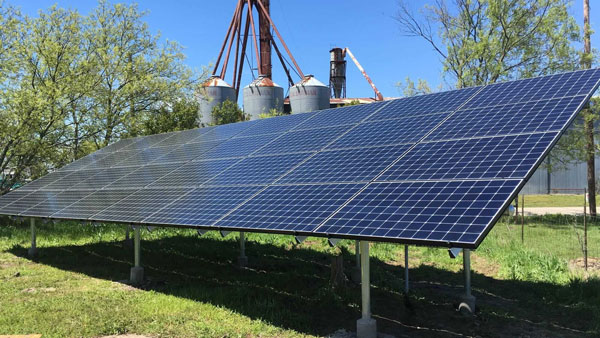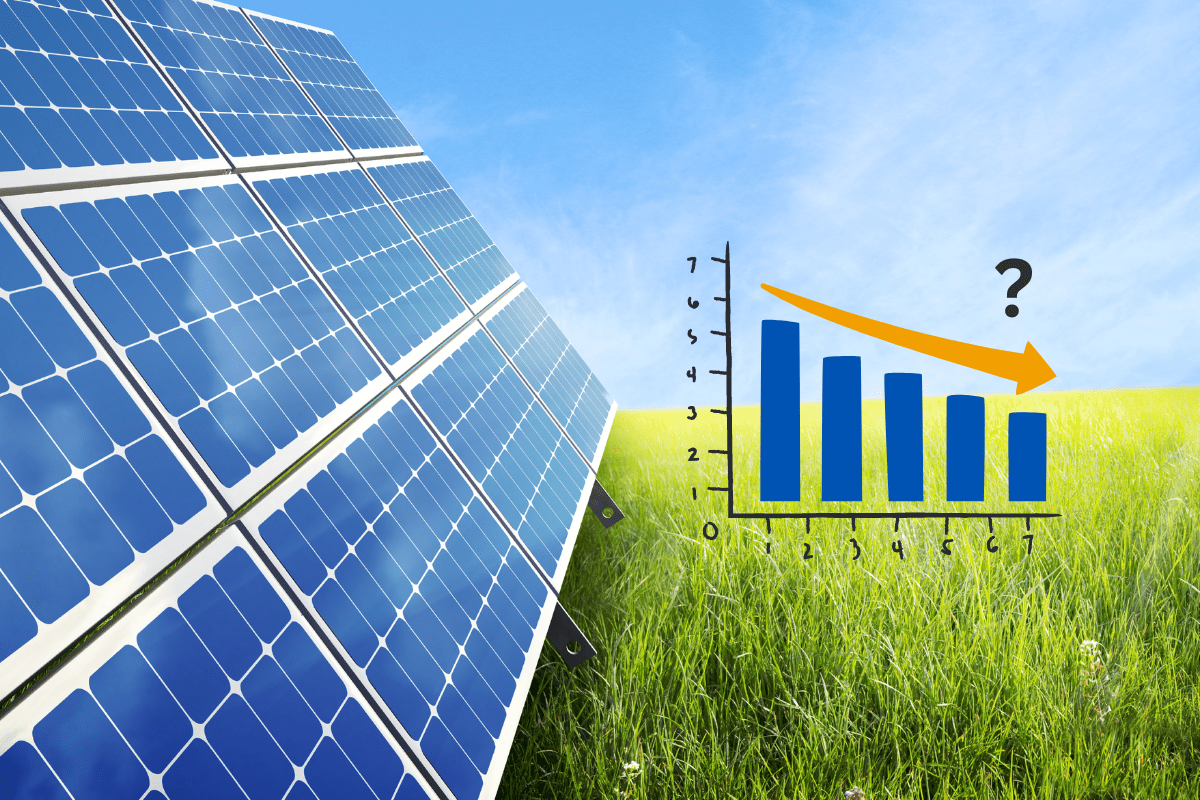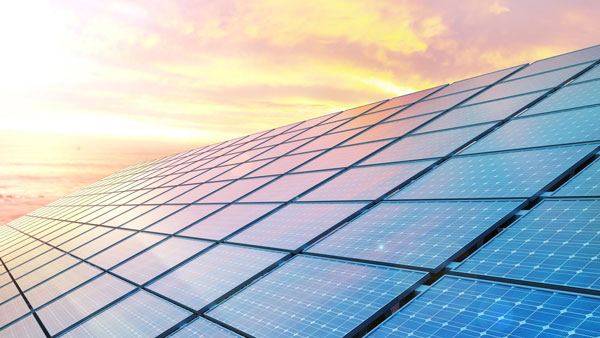Identifying Early Signs of Degradation
Given the importance of detecting degradation early for solar panels to remain efficient, By identifying the symptoms, you are better equipped to act sooner rather than later to prevent additional performance issues and prolong the life of your system.
Visual Inspections
The simplest way to recognize that a solar panel could be degrading is regularly looking them up visually. Discolouration or delamination will hint at wear and tear due to antecedent usage. Snail trails, a dark line that typically indicates a silver paste breakdown in the panel's manufacture.
Performance Metrics
Monitoring performance metrics closely to have an early detection for degradation Those are frequently indicators of a power output when it dips significantly — say, more than 10% from initial values. Look for trends over time using daily logged performance data You could always start by using tools like performance ratios (PR) and compare them against their industry benchmarks for similar environments and setups to catch issues in time.
Electrical Checks
Electrical checks can uncover hidden issues not visible to the eye. The readings like the open-circuit voltage (Voc) and short-circuit current (Isc) for the panel being tested should match what is specified on the panel. Defying these may indicate that something is wrong. We can also make use of infrared imaging here, with hot spots being an indication of either cells or connections that are poor and directly cause loss in efficiency.
Environmental Factors
Degradation of Solar Panels: Environmental Effects Panels that are frequently hit by hail, an abundance of snow or large temperature changes will experience degradation more rapidly. Monitor performance data alongside previous weather to match environmental changes with reported panel malfunctions.
Manufacturing Defects
The rates of degradation would commonly be caused by inherent manufacturing flaws. These could show up within the initially a few years of surgical procedure. This can be detected as a very high number of panel failures in a batch or model. For systemic issues to resolve, it may be required for companies to work with manufacturers on warranties and batch testing.

How to Measure Efficiency Loss
We need to be able to measure how much efficiency that solar panel has lost in order to know whether we need maintenance or replacement of itenced here solar spatial. This process consists of a set of tools and techniques that offer quantitative data and analysis revealing how well solar installations perform.
Standard Test Conditions
For an exact metric of efficiency loss, the performance data now needs to be compared with the current performance data at Standard Test Conditions (STC). The STC has a 25°C temperature and an irradiance of 1,000 W/m². Then, monitor the current output and compare it with the expected output when these conditions occur to calculate efficiency loss in percentages.
Performance Ratio
Performance Ratio: Is a Performance Ratio tells how well-producing a solar power installation is. The PRC measures actual power output of a solar plant to the theoretical output when operating under what should be ideal conditions. Assessing PR at regular intervals allows tracking changes over time, providing a method to alert that efficiency is degrading.
I-V Curve Tracing
An increasingly common option is I-V curve tracing, which comprehensively plots the current (I) versus voltage (V) characteristics of a solar panel, one of the most forgery method to address whole panel performance. A process that emphasizes any shading, soiling or inherent panel defects. Specialized equipment is used to conduct I-V curve testing which then indicates deviations from the original curve that can result in a loss of efficiency.
Monitoring Tools and Software
Using top-notch application monitoring tools and software will allow you to automate detecting this loss of efficiency. Algorithms are used by these systems to recognize abnormalities in production and environmental parameters on an ongoing basis. Use solar monitoring systems that offer real-time data analytics and generate comprehensive performance reports on degradation.
Comparative Analysis
Comparing against panels from the same or similar installations across different geographic and environmental conditions can reveal abnormal performance patterns. Review data sets for standardisation & identify outliers, usually indicative of inefficiency.
Impact of Weather on Solar Panels
One of the reasons is that the weather conditions have a significant impact on the performance and durability of solar panels. Knowing those impacts allows you to schedule maintenance and become more effective overall.
Temperature Extremes
Solar panels are tested under standard conditions, the real operating environment can be quite different. In hot temperatures, above 25°C each degree Celsius decrease in efficiency by close to 0.5%, and in North solar panels will work there perfect however the snow load and ice can cause destruction on pancreal due to physical degradation of a temperature lower than -50°C. Track temp changes and condition them with performance reductions to actually gauge the change of effects.
UV Exposure and Degradation
The materials in solar panels, the backsheet and encapsulant, degrade over years of exposure to UV radiation if not protected. This degradation affects the panel's light absorption and subsequently reduces its power efficiency. Conduct yearly inspections which include signs of UV degradation then measure the energy output each year to determine where impact is detected.
Wind and Physical Damage
The mounting hardware for solar panel systems can be significantly affected by high winds and the panels themselves can be physically damaged as well. In a hurricane-prone area, you might experience up to a 20% reduction in solar output when your panels get damaged by debris or high winds [5]. Clean Mountings and Panel Surfaces After Severe Weather - have our installers check for any damage to your system and make sure it is running correctly.
Rain and Soiling
Although rain can naturally wash off the plates slightly, it is inevitable that grime (in regions with less rainfall) such as dust, pollen and even bird droppings will accumulate more. Solar panels can lose up to 15% of their efficiency due to this soiling that blocks sunlight. Regular cleaning schedules should be implemented, especially in desert regions so the system works best.
Hail Impact
Most solar panels are impact resistant and have been tested to the extremes of hail damage under very controlled conditions. Larger than tested hailstones due to unexpected hailstorms can lead to cracking or shatter the solar panel glass. Check out historical data of hail in your area, and now you think if it is necessary any protection for the place.
Microcracks and Electrical Connectivity
These microcracks greatly affect the electrical connectivity and overall performance of solar cells. This is caused by small fractures, invisible to the naked eye, within the bolt thread area which develops during manufacture, installation or as a result of environmental factors.
Detection of Microcracks
The detection of microcracks is normally done by electroluminescence (EL) imaging techniques or thermography. The EL imaging is done in the dark condaitions and it can show crack as dark line (as they are hinder to passing the electricity), so there is no light emission. This way, maintenance decisions on the part of maintenance engineers will not be an excessive burden and EL inspections can also be carried out regularly to determine the exact location of micro-crack regions and their magnitude.
Impact on Performance
Microcracking blocks internal electrical pathways and raises resistance to current flow. This manifests as a decrease in output in one area, reducing performance overall on the panel. One panel might see overall a 5% loss in performance if key pathways are severely microcracked. Closely monitor performance metrics and compare impacted to non-impacted areas to measure performance severities.
Preventive Measures
This includes selecting panels from leading-quality manufacturers and installing them to keep stress on the panels at an all-time low. Making mounting structures capable of some flexing under load can contribute to further preventing the formation of cracks because of mechanical stress.
Repair and Maintenance measures
When microcracks are found, the response varies depending on their number and position. If microcracking is minor, it may not require immediate repair, but these should still be monitored for further development. Where performance degradation becomes substantial, other avenues such as panel replacement or using conductive adhesives may be looked at. This will include professional solar repair providers who can work to identify the sources of any problems; and then work from there based on the exact circumstances at that specific installation.

Preventing Rapid Degradation
Avoiding their quick deterioration is crucial to keep both the efficiency and longevity of solar panels at optimal. The panels will last longer before prematurely wearing out as long as effective strategies are put in place to eliminate any risks.
Best Position of Placement On a Panel and Install
The following are possible causes of damage to solher panels; Numerous factors could potentially cause stress on solar panels and thus quickly degrade if installed in an improper form. Not only should panels - assuming a deal is struck - be facing the best direction to soak up sun, but they also should avoid the physical stresses that went into creating them. Proper air circulation (like leaving enough space underneath) can lower its heat stress as it deals with the temperature.
Make Cleaning and Maintaining a Routine
Dust, leaves and so on can also settle onto a solar panel unit, covering its top surface to prevent the sunlight from reaching it, making it less effective or even overheating. Schedule regular cleanings - especially after storms - to clear any debris that blocks the sun from portions of your panel array or can cause physical harm to the panels individually.
Use of Protective Coatings
Protective coatings can be an excellent way to prevent solar panels from experiencing quick degradation due to UV rays, as well as other environmental elements like rain, snow or dirt. From solar panels to a variety of other products, these coatings can help maintain the efficiency of the panel by allowing it to easily absorb sunshine throughout its lifespan. Choose coatings developed for solar panels-these will not interfere with panel functioning-and apply.
Monitoring and Early Warning Systems
It is important to include advanced monitoring systems that are able to detect and notify about the real time performance anomalies. Such systems let you know when your have a drop in performance and detect potential onset of degradation. Employ data analytics tools to monitor trends in the performance of the panels and identify the underperforming panels so that corrective action can be taken without delay.
Temperature Regulation
As solar panels can erode faster when in the presence of excessive temperatures, so by creating strategies to control the panel temperature is good for us. This may involve putting in place cooling systems or deciding for heat resistant material panels. Keep an eye on the temperature of your panel, you can use a room thermometer or even thermal conductive substrate.





